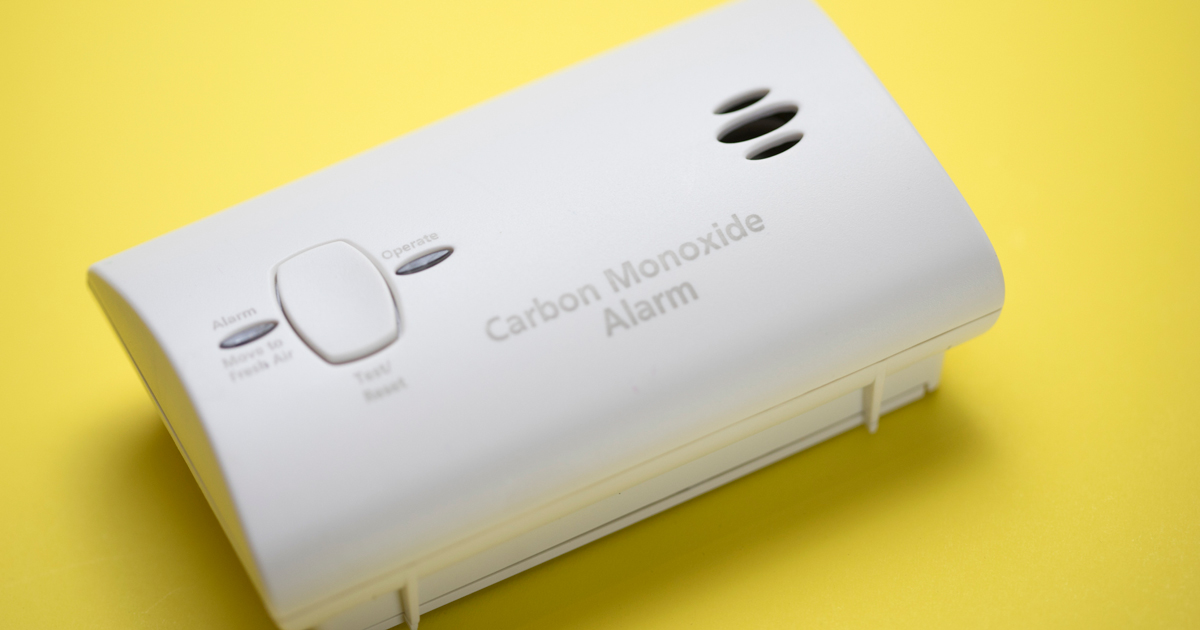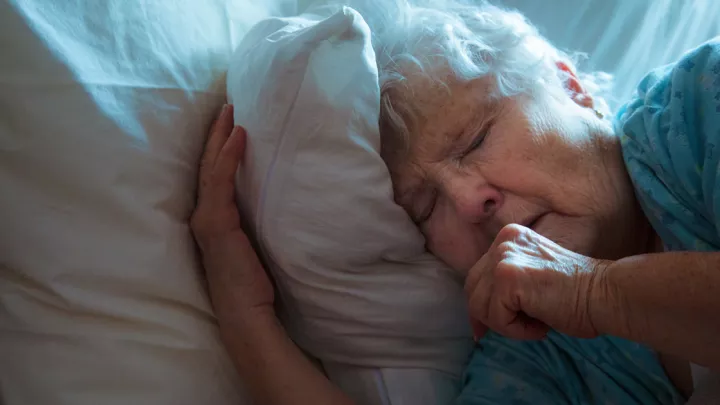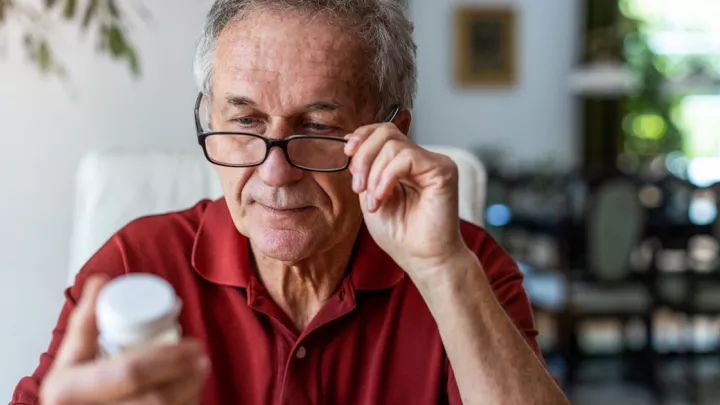7 carbon monoxide poisoning symptoms and how to keep your family safe

Carbon monoxide (CO) is an odorless, colorless, tasteless and nonirritating gas. This is what makes it so dangerous. You can't see it, taste it or smell it. As the temperatures plummet, the dangers increase. Carbon monoxide poisoning is a genuine concern, and the effects can be devastating.
Why carbon monoxide is dangerous
Carbon monoxide is the number one lethal poisoning in America today. According to the Center for Disease Control and Prevention (CDC), over 400 people in the U.S. die from accidental CO poisoning every year. Nearly 50,000 people in the U.S. end up in emergency rooms and over 4,000 are hospitalized yearly.
Last year, Omaha was impacted by numerous cases of CO poisoning requiring medical intervention. A family of 10 never suspected their Christmas gathering would be interrupted by such an incident. What started with their holiday tradition of charcoal grilling ended with a 911 call. All 10 family members were overcome with symptoms, eventually ending up at Nebraska Medical Center to receive hyperbaric oxygen therapy. Thankfully everyone recovered.
Not everyone is so fortunate. Carbon monoxide poisoning can cause heart, nerve and brain damage. "Preventing these effects is the main emphasis of hyperbaric oxygen treatment," says Jeffrey Cooper, MD, Emergency Medicine and medical director of the hyperbaric unit. "With early intervention and proper care, we can cut down these risks substantially. Nebraska Medicine is the only facility with critical care capability and 24-hour availability to address emergencies. I'm proud of our dedicated, highly trained team and the care they provide for our patients."
No one is exempt from the dangers of carbon monoxide. In truth, everyone is at risk. The elderly, infants and those with chronic diseases are especially vulnerable.
7 carbon monoxide poisoning symptoms
Carbon monoxide symptoms can vary from mild to severe. "In the early stages, the symptoms are vague and may be as simple as a headache or flu-type symptoms," says Dr. Cooper. "It is concerning if multiple people are experiencing symptoms. This is why carbon monoxide detectors on every level of your home are so important. These detectors can alert you to the danger even before you realize you're having symptoms."
If you breathe in a high amount of carbon monoxide, you may pass out without noticing symptoms.
Common symptoms may include:
- Headache, dizziness
- Weakness
- Nausea
- Vomiting
- Chest pain
- Confusion
- Loss of muscle coordination
Where carbon monoxide comes from
Produced by burning fuel, CO gas builds up in enclosed spaces. Ventilation does not guarantee safety. Using fuel-burning tools in the basement, even with the windows open, or starting your car with the garage door half open is not enough.
Use caution even when using fuel-burning equipment outside. "We've had cases of people overcome by carbon monoxide while using a gas or diesel-powered engine outdoors," says Dr. Cooper. "These engines put out huge amounts of carbon monoxide."
Carbon monoxide is generated by fuel-burning appliances, equipment and vehicles such as:
- Cars or trucks
- Small engines
- Gas stoves, kerosene lanterns
- Gas and charcoal grills
- Portable generators
- Fireplaces, furnaces
- Portable flameless chemical heaters
How to prevent carbon monoxide poisoning
Remember that only functioning detectors can protect you. Protect yourself and your family by taking the following steps:
- Install a battery-operated or battery-backup carbon monoxide detector on every level of your home
- Carbon monoxide can pass through drywall easily. If you live in an apartment, be sure a CO detector is installed and functioning
- Test detectors monthly and replace the detector's battery every spring and fall when you change your clocks. Do not disable a detector by borrowing its battery for another use
- Replace each detector every five to 10 years
- Check the exhaust system of your car or truck every year
- Never run a car or truck inside a garage, especially one attached to a house, even with the garage door open
- Stay current on yearly maintenance and servicing of heating system, water heater and any other gas, oil or coal-burning appliances by a qualified technician
- If you smell an odor from a gas appliance, have an expert service it
- Only buy gas equipment carrying the seal of a national testing agency
- Have your chimney checked or cleaned yearly
- Never heat a room with a gas range or oven
- Never burn charcoal indoors. Burning charcoal gives off carbon monoxide
- Never use a portable gas camp stove indoors
- Never use a generator inside your home, basement or garage. When using it outdoors, keep it 20 feet from any window, door or vent
What to do if your carbon monoxide alarm goes off
Never ignore a carbon monoxide alarm. Don't even try to find the gas source.
- Move outside to fresh air immediately
- Call 911
- Make sure everyone in the home is accounted for
- Do not go back inside until told to do so
If you live in the city of Omaha, the Omaha Fire Department offers free combination carbon monoxide and smoke detectors to homeowners. With awareness and a few small actions, you can keep yourself and your family safe.






